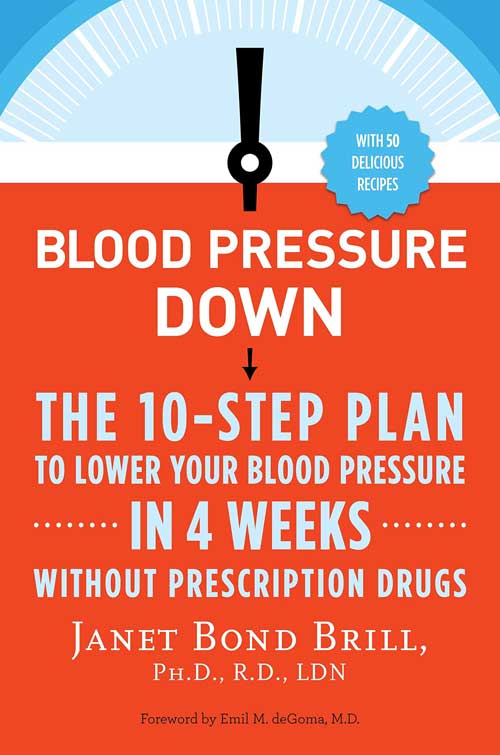By

Exercise is an important part of your diabetes management plan. Unfortunately, exercise can also cause fluctuations in blood sugar levels. In healthy individuals these fluctuations are fairly minor, and stay within the normal range—between 100 mg/dl and 200 mg/dl.
In diabetics, these fluctuations can be more severe, as exercise has an insulin-like effect, causing your blood sugar levels to drift far below, or way above, normal. If your levels go too far off track, you could experience a hypoglycemic attack.
1. If you are going to incorporate exercise into your treatment regimen, there are several things to consider, ensuring that you get the most out of your workout, without jeopardizing your health.
2. Always test your blood sugar levels 30 minutes before you start exercising, and again just before the start of each session. By taking a reading, you can make sure your pre-exercise blood sugar is within the safe range—between 100 mg/dl and 250 mg/dl.
- If you blood sugar is above 250 mg/dl, take insulin, wait 15 minutes and take another reading. Continue the reading/insulin cycle until your levels drop below 250 mg/dl.
- If you blood sugar is below 100 mg/dl in either reading, take a glucose tablet or eat a carb-heavy snack, wait 15 minutes and take another reading. Continue the snack-waiting cycle until your blood sugar rises to at least 100 mg/dl.
3. If you exercise for one hour or more, take a blood sugar reading every 30 minutes. Some companies, like Dexcom, Guardian and MiniMed, make devices that perform continuous glucose monitoring.
- The advantage of these devices are that you can take a glucose reading without having to completely stop exercising, to draw blood to take a reading.
- These devices can also warn you if your blood sugar levels are entering the danger zone, so that you can respond in a timely manner.
- Additionally, you can use these devices to monitor your glucose levels over time, which will allow you to make adjustments to your exercise and meal routine.
- Some of these devices are also paired with insulin pumps and can deliver insulin as needed.
- To learn more about Dexcom continuous glucose monitoring and other similar devices, consult the company website or visit the National Diabetes Information Clearinghouse.
4. If your levels are outside the normal range, stop exercising for the day and either eat a glucose tablet, or administer more insulin.
- Continue checking your levels and following the proper treatment protocol until your blood sugar levels stabilize.
- If your levels do not stabilize after four attempts, seek medical attention.
5. If your levels are normal, you can continue exercising and monitoring.
6. Drink plenty of fluids during each session.
7. Test your levels at the end of your exercise session.
8. If your readings are abnormal, follow the protocol in step 2 for stabilizing your blood sugar.
9. If your readings are normal, eat a carbohydrate-rich snack, such as baba ghanoush dip with pita, within an hour of finishing your session.
10. Take another reading, after you eat, to ensure that your levels are still within the normal range.
Always consult your physician before starting an exercise program. Even if you have a continuous glucose monitor, it’s a good idea to have a backup monitor on hand in case the continuous monitor gets broken or damaged.
If you find that your blood sugar is continually going into the abnormal range during exercise, consult your physician about altering your treatment plan. Do not attempt to change your medications or make major alterations to your treatment plan without your doctor’s supervision.











